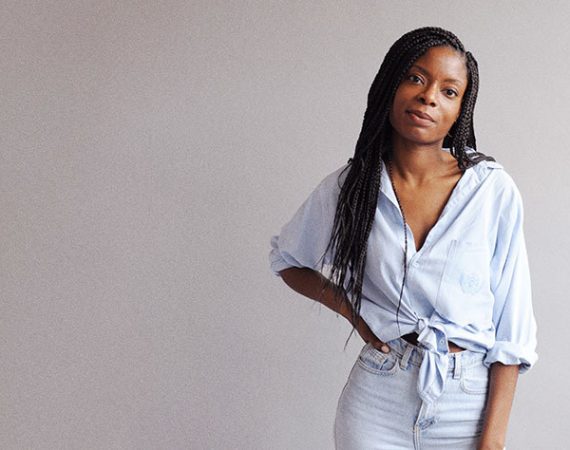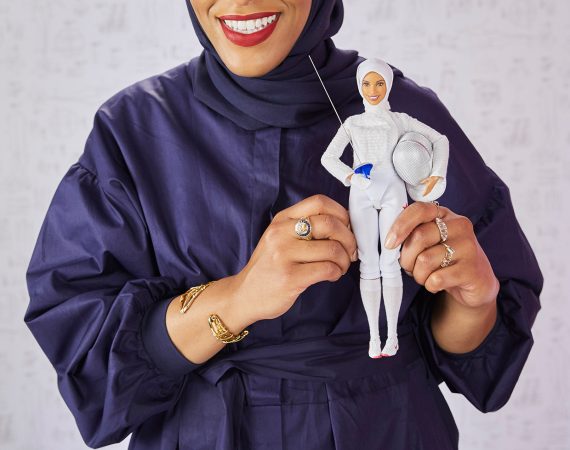Ever shopped online?
Perused through Grey Velvet, MeiDei, Zazaii or any of the new retail outlets that have sprung up in the last five years to meet the demand for Nigerian made clothes? Then the odds are you have benefited from the expert eye of a fashion buyer.
Why is any of this information even necessary?
Well, the designer showroom is the new phenomenon taking over the Nigerian fashion industry. Every big to mid-level designer has a space, preferably in Lekki or Victoria Island, some as small as a shoe closet where they display their catalogue of clothes spanning several seasons. Some have taken it a step further, renting out their showroom spaces for private use. It is great that many designers are able to afford showroom spaces, but this trend is a consequence of a much bigger problem.
The fashion buyer culture in Nigeria is near non-existent. In other countries, a fashion buyer is usually an experienced consumer of fashion, usually with a degree in fashion business, who serves as a go-between for design houses and retailers. It is the fashion buyer you see, sitting front row at international fashion shows, deciding what clothes will be ordered for and which ones will not make a good investment.
Designers do not mass produce until the fashion buyer has vetoed a collection, and a label does not pay for shipment of clothes until the fashion buyer says so. A trusted network of fashion buyers and third party retailers ensure the designers get a percentage of the money spent to create the collections and take the hassle of selling the clothes to the final customer off their hands, allowing them focus entirely on the design process. They also determine largely, what fashion trends will dominate the seasons. It’s an understated but very important job.
There are not enough retailers to facilitate the need for fashion buyers. To mitigate this, designers have decided to forgo private ateliers which exist only to attend to consultations for custom-made pieces for showrooms with an open door policy to serve as a retail space.
When designers forgo ateliers for showrooms, they lose the valuable feedback from the buyers needed to curate their collections and put away pieces that will not work off a runway. They reproduce their collections in small batches, wasting valuable capital that could be put to use elsewhere. They also become trapped in the minutae of running a retail store, and their design work suffers. Most importantly, they bear costs (electricity, floor space, retail staff) that otherwise should fall on the third party retailer.
It would be naïve to hope that more retailers will miraculously appear (given the low return on investment from many brands) but individual showrooms, some just feet away from each other may be detrimental. Perhaps, a communal showroom used by several designers, each curating only the best from their collections and using the same staff seems a far more practical idea.
For now, the showrooms continue to appear along Admiralty way, each one, merely a designer’s assertion of their brand.











